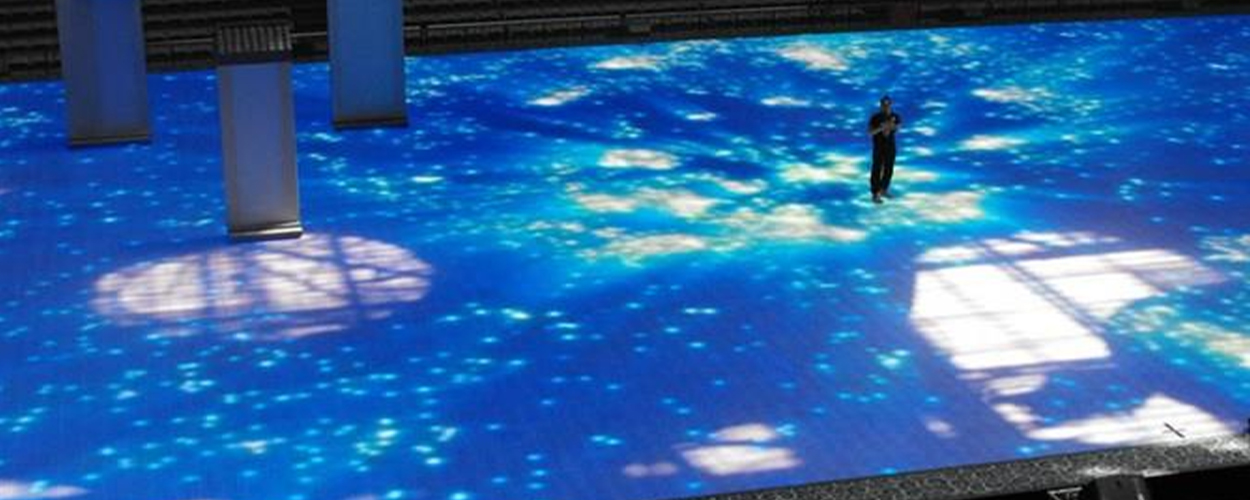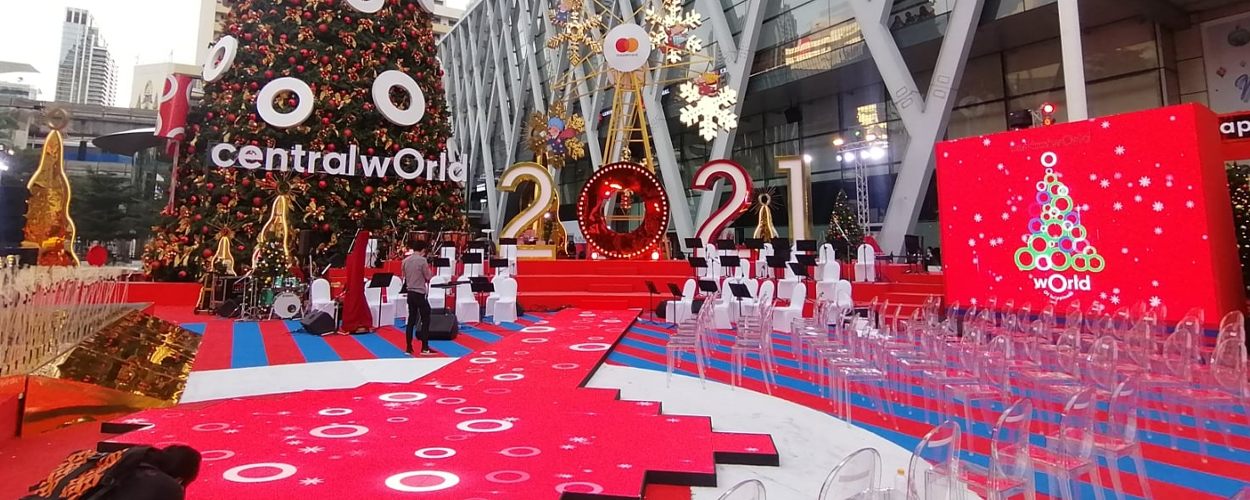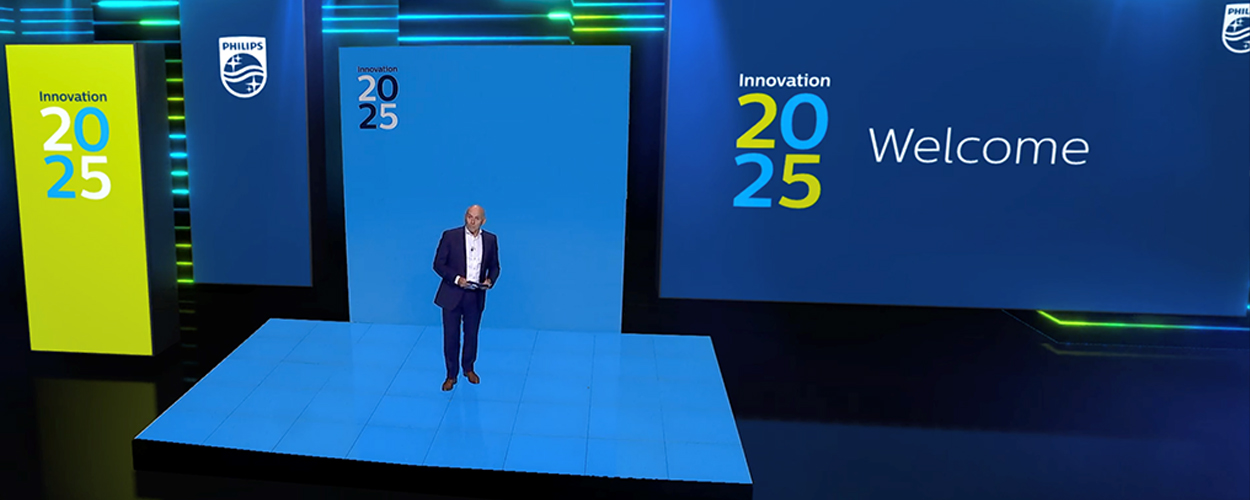In today’s fast-paced world, digital advertising has become an integral part of marketing strategies. Among the myriad tools available for advertising, LED screens have gained immense popularity due to their eye-catching and dynamic display capabilities. Two common types of LED screens used in advertising are floor LED screens and advertising LED display screens. In this article, we will compare these two options to help you better understand their features, applications, and advantages.
Embracing change and venturing into new possibilities is something universally cherished. Besides, when it comes to something as distinctive as an LED screen, who wouldn’t be intrigued by fresh options? We all would. However, when it comes to placing your trust in an interactive floor LED display, is it equivalent to having faith in an advertising LED screen? No doubt, you likely have a plethora of questions regarding the precise distinctions between these two types of LED screens. That’s precisely why I’m here to assist you. So, let’s delve into the details and uncover all the differences below.
What is a Floor LED Display?
A Floor LED Display, also known as an interactive floor LED screen or simply a floor LED screen, is a specialized type of LED (Light Emitting Diode) display technology designed to be installed on the floor or ground. These displays are primarily used in indoor settings, such as shopping malls, airports, museums, trade shows, and interactive installations.
Features of Floor LED Displays
Interactive Capability: Floor LED displays are often interactive, meaning they can respond to touch or movement. They can display dynamic content, such as animations or visual effects, that reacts to the presence of people walking over or interacting with the floor.
Information and Entertainment: They are commonly used for informational purposes, such as providing directions in public spaces, showcasing advertisements, or creating an engaging atmosphere. In some cases, they are used for entertainment and gaming applications.
Diverse Shapes and Sizes: Floor LED displays come in various shapes and sizes, allowing for customization to suit the specific requirements of the space and the intended use.
Durability: Given their location on the floor, these displays are designed to be durable and able to withstand foot traffic. They often feature protective layers to prevent damage and are engineered to be safe for pedestrians.
Visibility: Floor LED displays are typically placed in areas with high foot traffic to maximize visibility and engagement. The proximity of the display to the audience enhances its impact.
Advertising LED Display Screens
Location: Advertising LED display screens can be installed both indoors and outdoors, in various sizes, from small billboards to large-scale displays in sports arenas.
Purpose: These screens are primarily designed for advertising and marketing purposes. They offer high-resolution, dynamic content capabilities, and are perfect for promoting products, services, or events.
Design: Advertising LED display screens are built to withstand different weather conditions, and they are often larger in size. They can display high-quality videos, animations, and live feeds.
Advantages: Advertising LED display screens are powerful tools for reaching a broad audience with high-impact advertising. They are ideal for showcasing products, services, and events, and effectively delivering marketing messages.
Advantages of Floor LED Screens
Floor LED screens offer several advantages that make them a popular choice for various applications. Here are some of the key benefits:
1. Exceptional Display Quality
Floor LED screens are designed to deliver outstanding display quality. They offer vibrant colors, high contrast ratios, and excellent brightness, ensuring that the content displayed is visually appealing and engaging.
2. Interactive Capabilities
Many floor LED screens are interactive, allowing users to engage with the content. This interactivity is particularly useful in applications like museums, exhibitions, and retail spaces, enhancing user engagement and creating memorable experiences.
3. Creative Design Possibilities
Floor LED screens come in various shapes and sizes, offering flexibility in design. They can be customized to fit different spaces, making them a versatile choice for architects and designers looking to create unique and immersive environments.
4. Durability
These screens are built to withstand foot traffic and are often equipped with protective layers to prevent damage. This durability ensures a longer lifespan and low maintenance requirements.
5. Information and Wayfinding
Floor LED screens are commonly used for informational and wayfinding purposes in public spaces, helping visitors navigate and find information easily. This can improve the overall visitor experience.
6. Marketing and Advertising
Floor LED screens are used in advertising and marketing, especially in retail settings. They can showcase promotions, products, and brand messages in an eye-catching and dynamic way.
7. Versatile Applications
These screens find applications in various settings, including shopping malls, airports, museums, trade shows, and entertainment venues. Their adaptability allows them to serve different purposes effectively.
8. Unique and Memorable Experiences
The interactive and immersive nature of floor LED screens creates unique and memorable experiences for visitors, leaving a lasting impression and enhancing brand recognition.
9. Customizable Content
Content on floor LED screens can be easily updated and customized, making them ideal for real-time information, event schedules, and dynamic marketing campaigns.
Application Fields of LED Floor Tile Screen
Entertainment and Event Venues:
LED floor tile screens are often used in entertainment venues, including concert stages, theaters, and nightclubs. They enhance the overall entertainment experience with dynamic visuals, lighting effects, and interactive displays.
Trade Shows and Exhibitions:
These screens are popular at trade shows and exhibitions for showcasing products, interactive displays, and engaging attendees with captivating visuals. They draw attention to booth spaces and help convey information effectively.
Retail Environments
In retail settings, LED floor tile screens are used to create immersive shopping experiences. They can display promotional content, advertisements, and brand messaging, influencing purchasing decisions.
Museums and Cultural Institutions
Museums often employ LED floor tile screens to educate and engage visitors. These screens can display interactive exhibits, historical information, and multimedia presentations, enhancing the learning experience.
Conclusion
In summary, the choice between Floor LED Screens and Advertising LED Display Screens depends on your specific goals and the environment in which they will be used. Floor LED screens excel at engaging and interacting with visitors in indoor spaces while advertising LED display screens are powerful tools for promoting products, services, and events to a wider audience, whether indoors or outdoors.
Post time: Oct-18-2023





